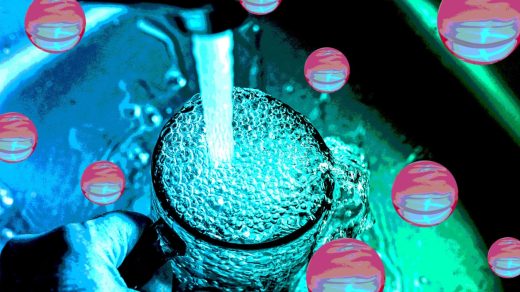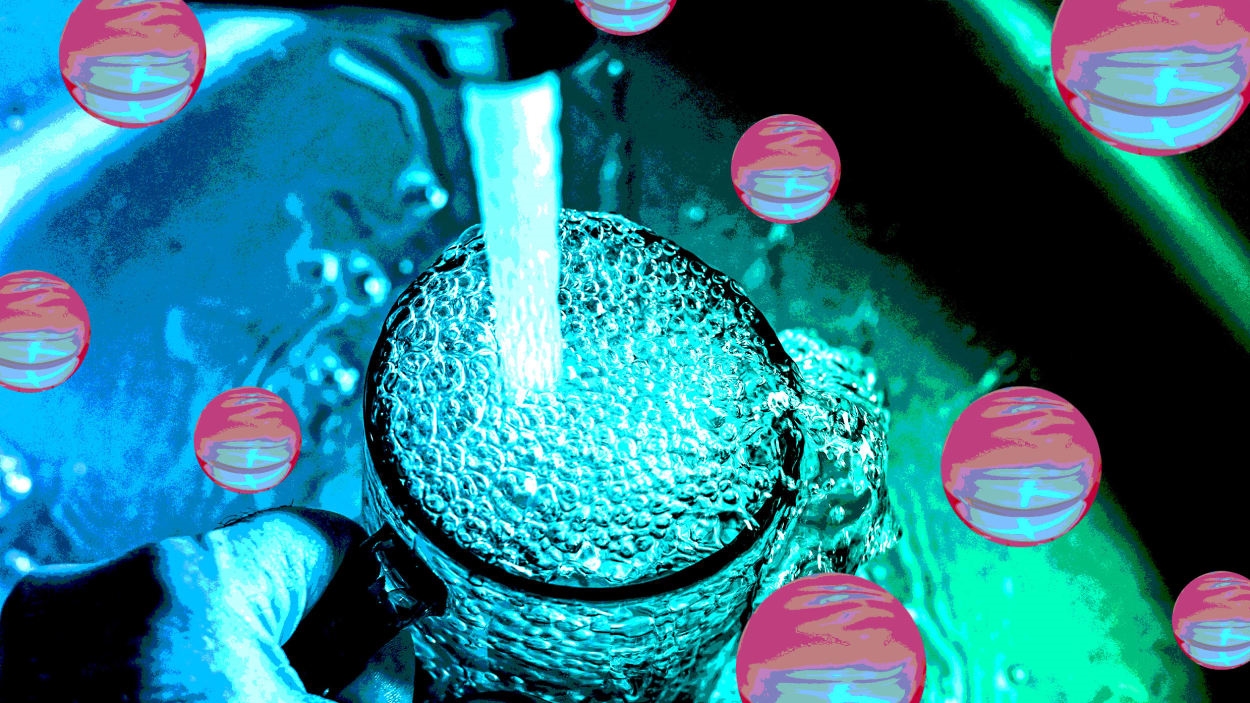Your tap water has a good chance of containing ‘forever chemicals,’ says large study
Almost half of America’s tap water contains “forever chemicals” that could pose a danger to humans, a new study from the U.S. Geological Survey (USGS) has found.
The federal agency estimates that “at least 45%” of water coming from kitchen sinks nationwide is contaminated with one or more of these notorious ubiquitous synthetic compounds that carry the scary scientific name of “per- and polyfluoroalkyl substances,” or PFAS.
People frequently see estimates based on calculations by consumer groups and other researchers, but the USGS says this report, published in the August issue of the journal Environment International, “marks the first time anyone has tested for and compared PFAS in tap water from both private and government-regulated public water supplies on a broad scale throughout the country.”
The research therefore amounts to “the most comprehensive study to date” on forever chemicals’ prevalence in U.S. tap water.
Too many to study
Thanks to being oil- and waterproof as well as heat- and stain-resistant, the PFAS class of chemicals makes cameos in thousands of everyday consumer products, from fast-food containers and gum wrappers to nonstick cookware, umbrellas, dental floss, and shampoo. To repel moisture and grease so well requires them to have insanely strong carbon-fluorine chains, explaining their designation—forever—for how long they’re expected to last in nature.
Meanwhile, numerous studies link them to health problems, everything from cancer, obesity, and thyroid issues to high cholesterol, decreased fertility, and liver damage. Monitoring them has proved supremely frustrating for public health officials: The Centers for Disease Control and Prevention (CDC) currently identifies more than 9,000 different compounds as PFAS, which is far too many to test for.
In fact, the USGS acknowledges that the lab tests for its “at least 45%” contamination figure were only able to pick up 32 PFAS chemicals (albeit 32 very common ones). “Their persistence in the environment and prevalence across the country make them a unique water-quality concern,” the report notes.
What new material the report adds, however, is regarding private water supplies. Most of America’s tap water is a public utility provided by a local government. But something like 15% of the country relies on domestic wells—which are rarely subject to regulations at the federal or state level—as their source of drinking water.
It’s much harder to measure the quality of water coming from these sources. So the USGS asked people who use private wells to voluntarily collect water from their sinks, then combined that with public water, for a total of 716 locations spanning a range of low-, medium-, and high-impact areas from federally protected lands to areas alarmingly close to industrial waste sites.
The team tested tap water samples that came straight from people’s kitchen sinks, and the lead author, a New Jersey Water Science Center hydrologist named Kelly Smalling, said their findings show PFAS concentrations are “similar between public supplies and private wells.”
The report also found that, unsurprisingly, Americans living in urban areas are at higher risk of their faucet water containing at least traces of PFAS than are people out in rural areas—though the difference may not be what some were imagining. According to the study, while about 75% of urban water was contaminated by PFAS, the rate observed in rural areas was still 25%.
(12)



